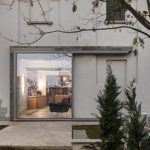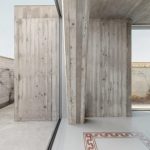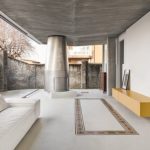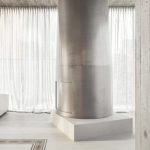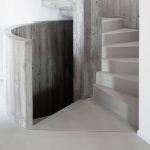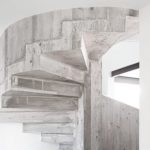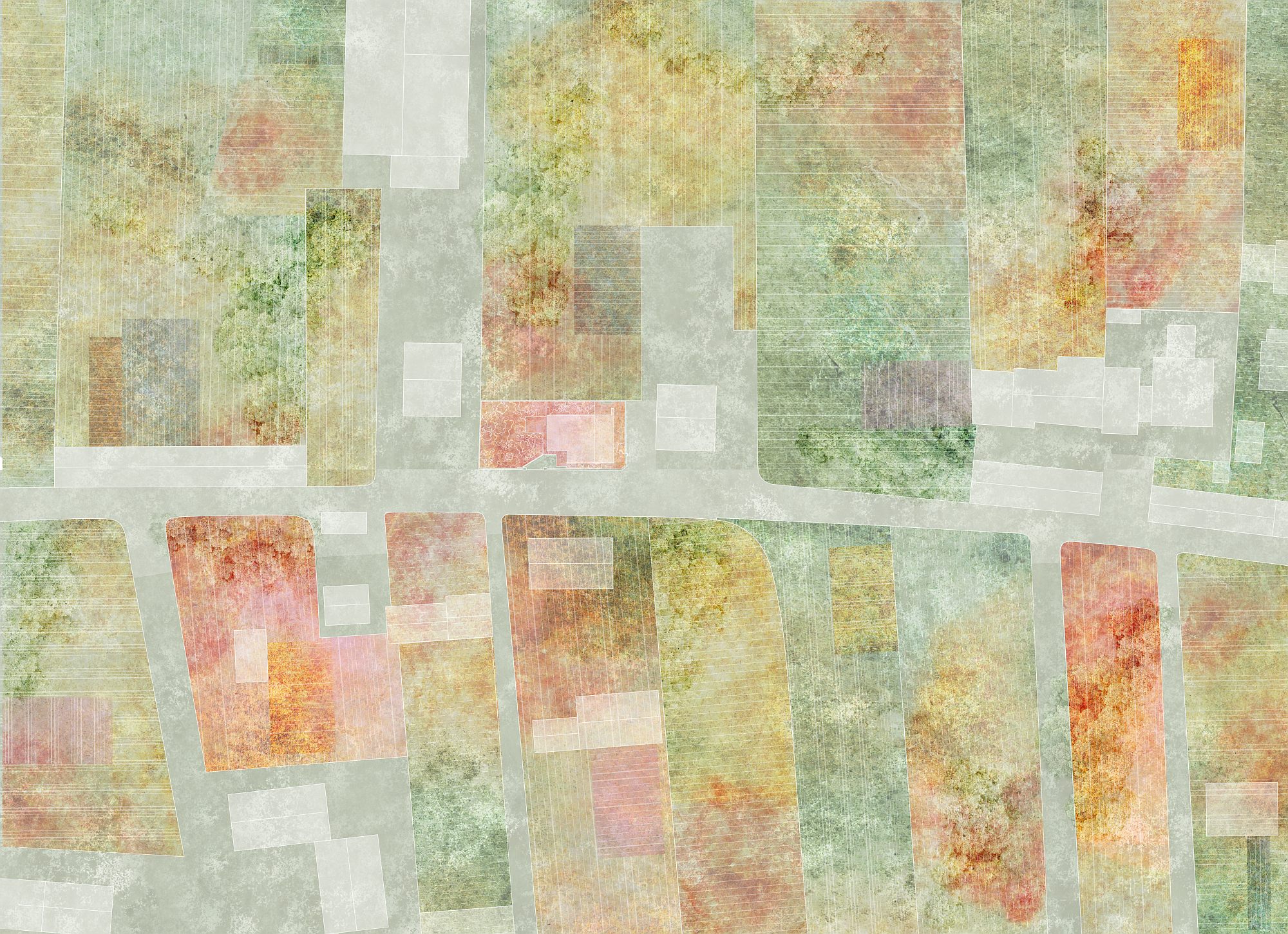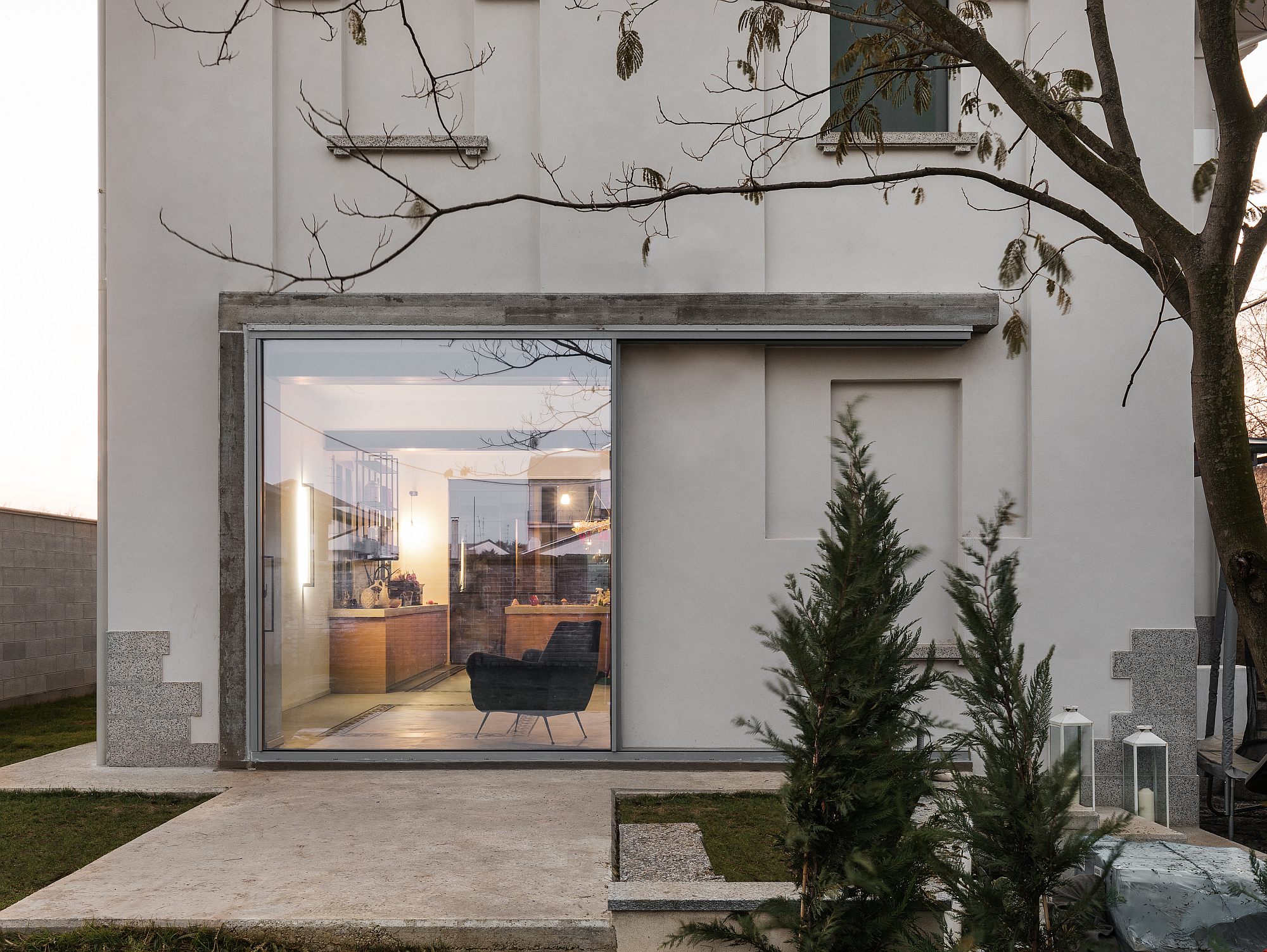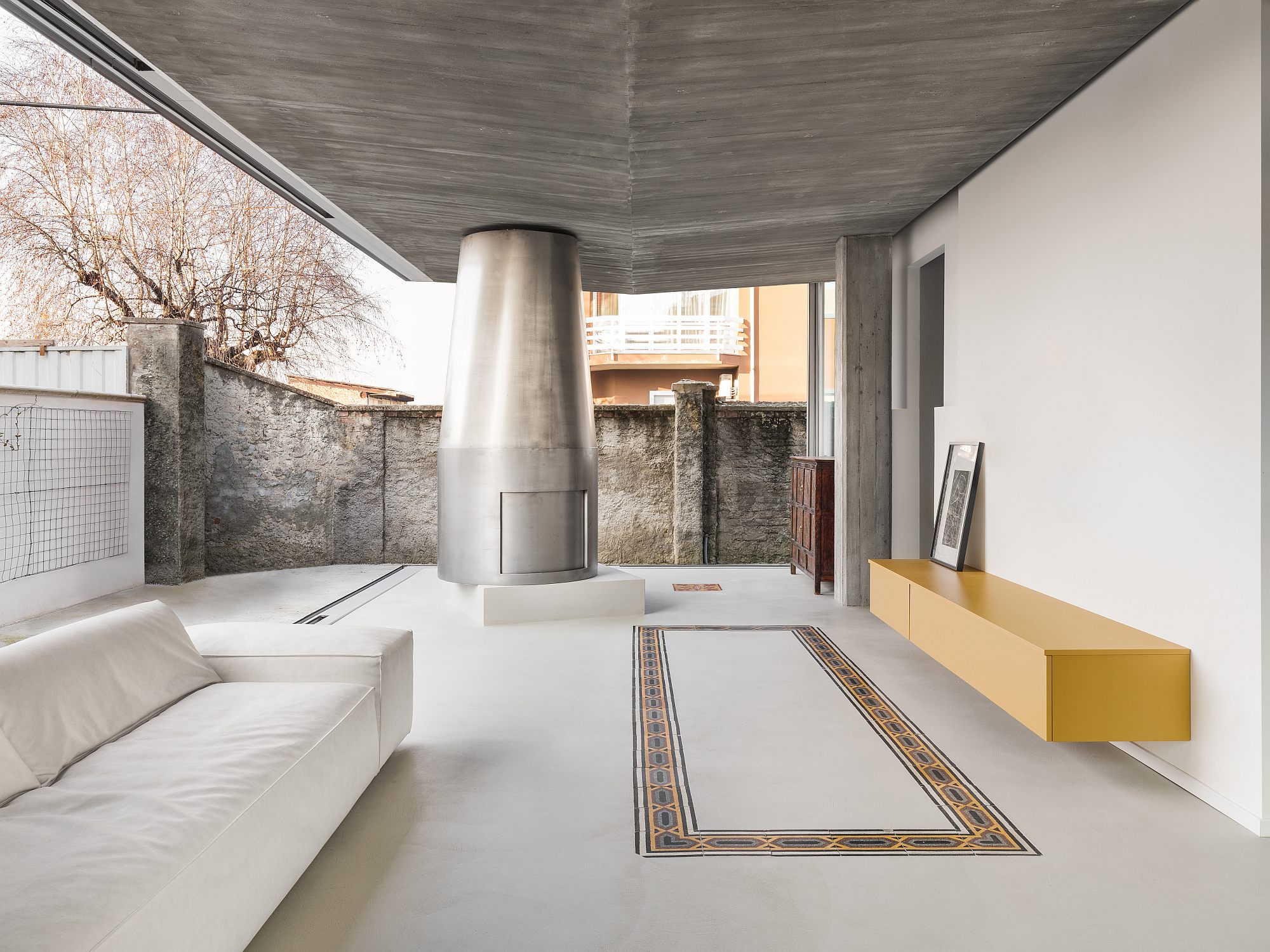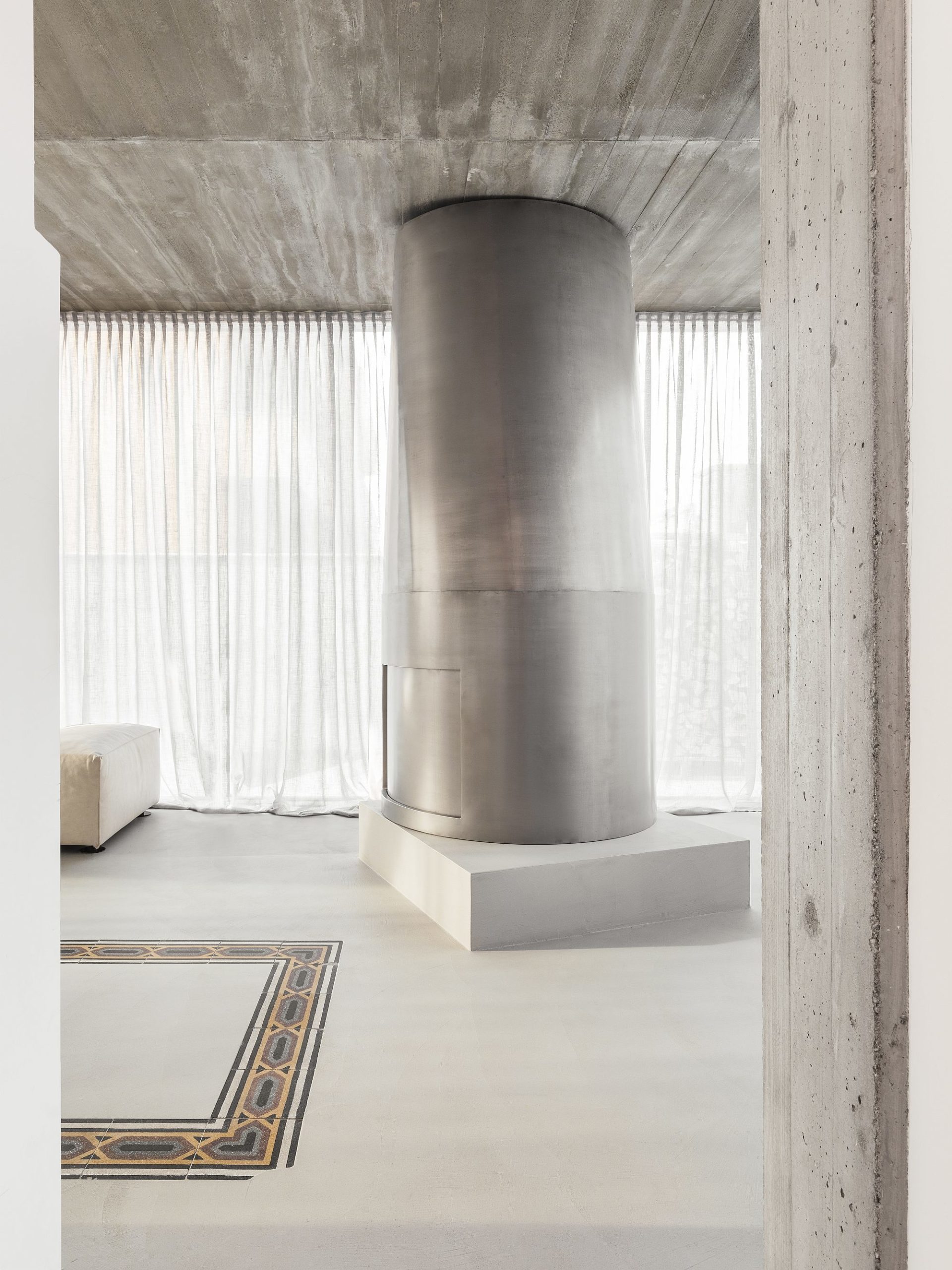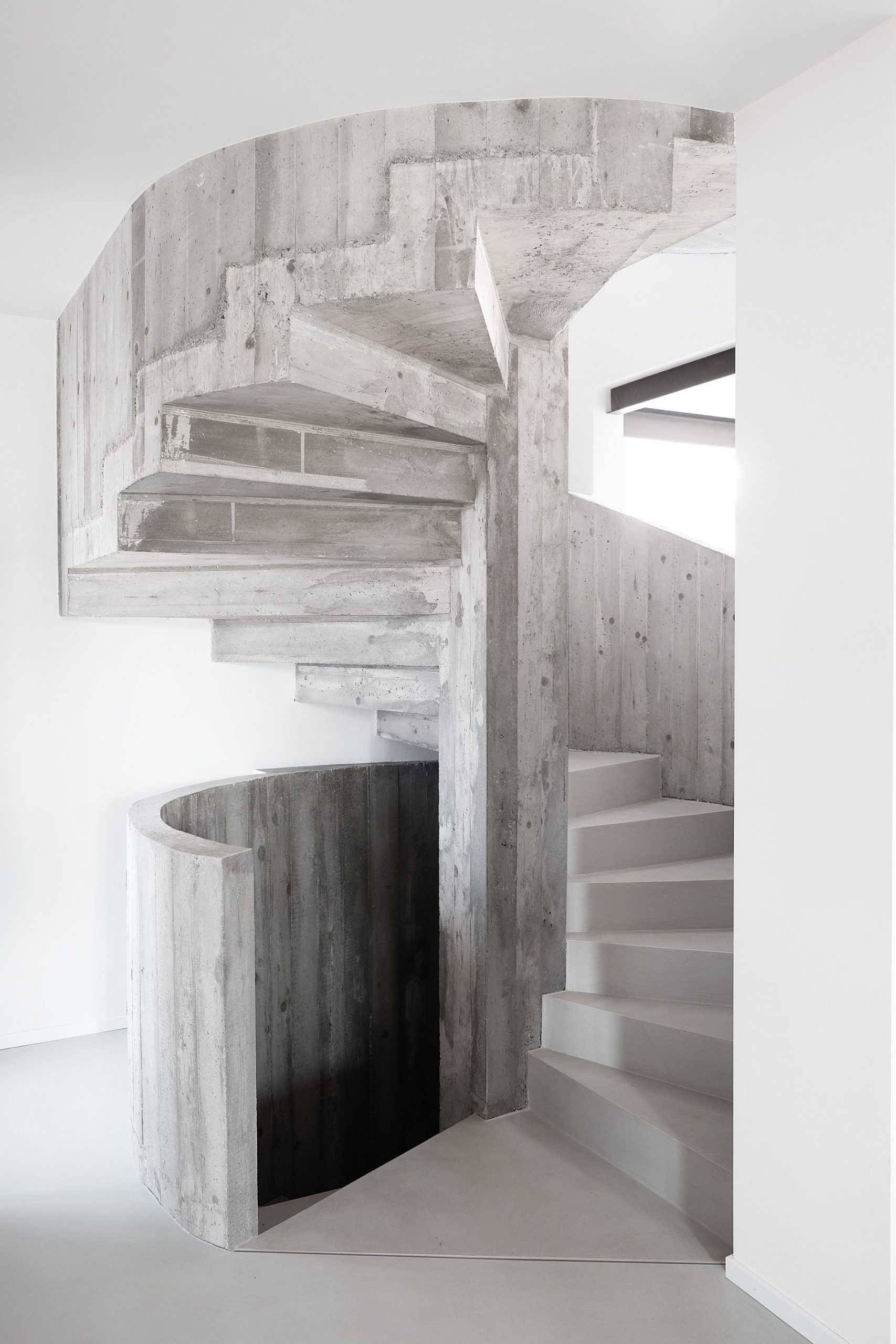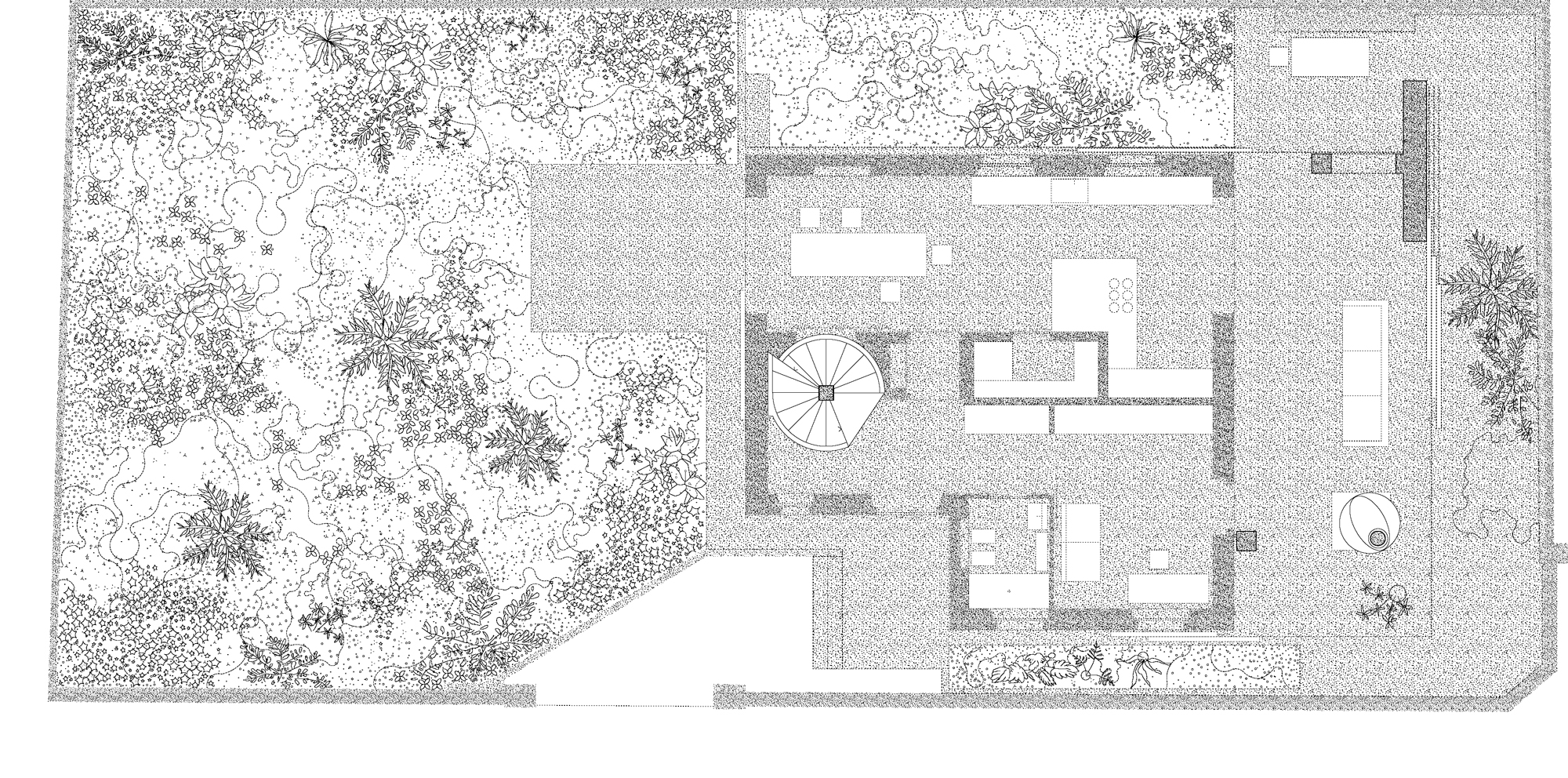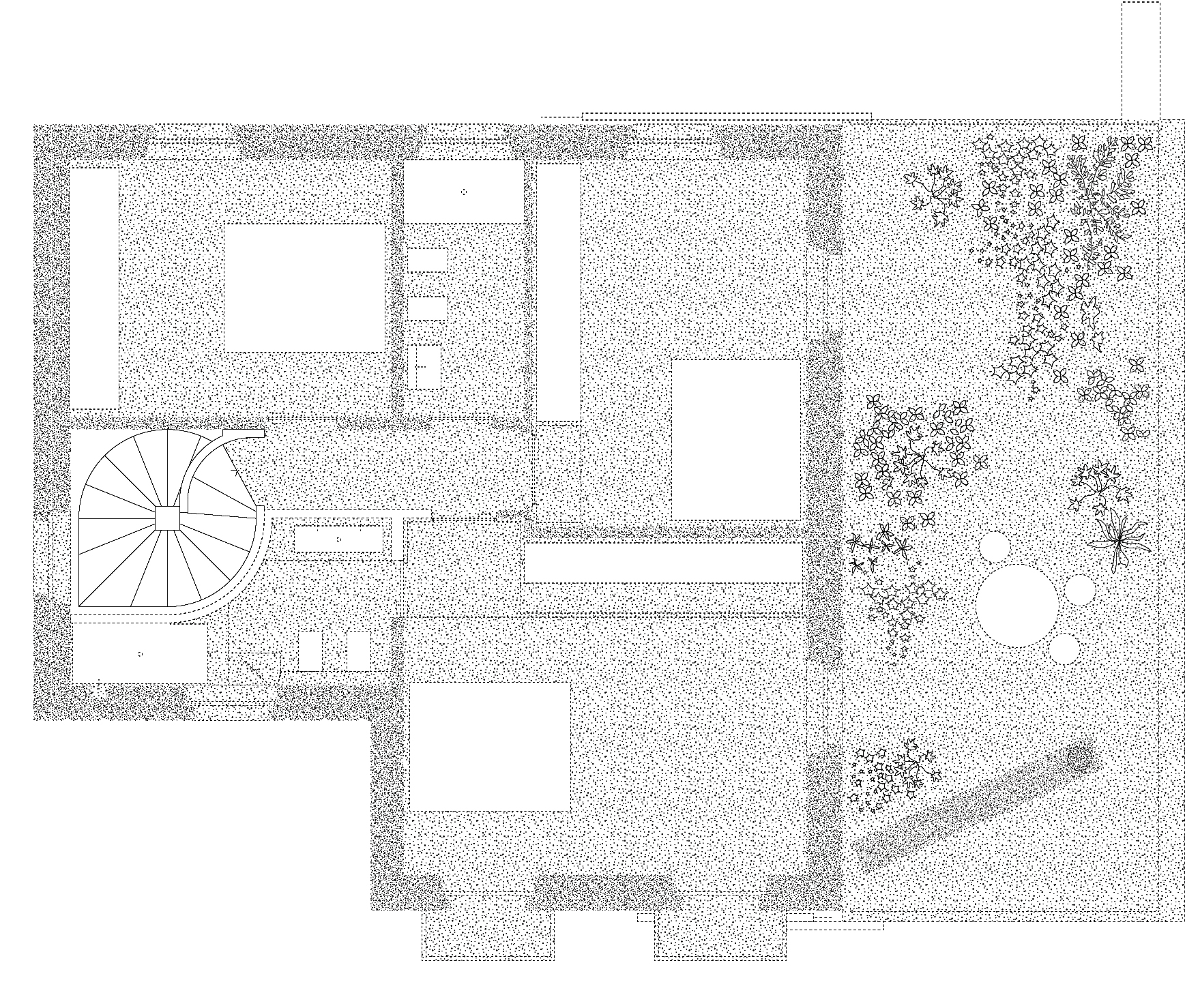Project, text: Romina Grillo, Liviu Vasiu
Photo: Delfino Sisto Legnani e Marco Cappelletti
The project is about the refurbishment and the extension of a 1910 villa in a Piedmontese village. Located on the edge of the urban fabric and open towards the vast rice and agricultural fields, the villa is the last architectural object that connects the bourgeois world with the hard context of its countryside.
The tough expression of the flatland, organised by regular fields and plantations, reflects the effort, the struggle and the physical work behind the very domesticated, man-made, structured nature. This is the context of the existing villa and the conditions in which our small project had to react. Contained between walls, the plot, with its elongated proportions, offers possibilities of outdoor space all around the building; this intrinsic quality encouraged our desire of creating a complete universe between the boundary limits, a detached world that would make the house live from his outside space and viceversa.
The first thoughts and ideas constructing the project were punctual and opportunistic ones. We decided already from the first visit on the site that we wouldn’t make any embellishment but rather unveil a raw potential of the house and its surroundings.Probably due to the continuous changes during the history of the house and its uses, the actual situation presented an unusual ground floor organisation. The living area and kitchen were facing a thick wall, the property limit, while the back of the house, a closed façade, was looking into a generous garden. This was the subterfuge that started the development of the project. As a direct consequence we began reorganising the ground level of the entire area while leaving the first floor of the house essentially unchanged.
The core of our intervention was the veranda that extends the living space. It’s a structure made out of 3 bearing elements and a roof that covers this public space of the house. It is glazed on three sides and the V-shaped concrete roof has the expression of an independent object struggling to find its own balance on the three differently shaped concrete columns: a wall and two supports, one of which is subversively hidden in the fireplace.
The actual living area would not be exclusively limited under the enclosure of the roof, but consciously extended across the whole area between the existing house and the existing walls of the property. The windows slide along the existing facades on the outside and behind the new structural wall, leaving the space of the veranda completely open and by doing so blurring the boundaries between inside and outside. The second element was one opening towards the garden and as a direct consequence all partitions and other built elements between the veranda and the garden were removed.
Part of the renovation was also a new spiral staircase, a distinct object out of cast concrete linking the living area with a private upper floor. The new staircase is another concrete punctual sculpture, a mixture of round and drop shape: first spiral, then changing direction twice.
A series of other architectural elements around and along the garden are articulating the green space into a private universe directly related with the inside living area. As a result, the project is made out of old and new fragments working together to find a possible way of living.
Info
Place: Galliate, Italia/Italy
End of construction: 2018

